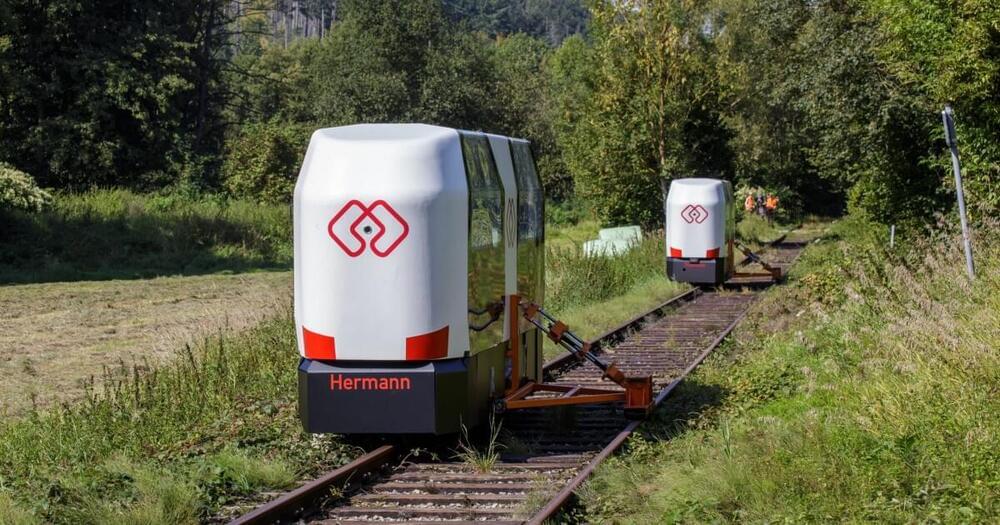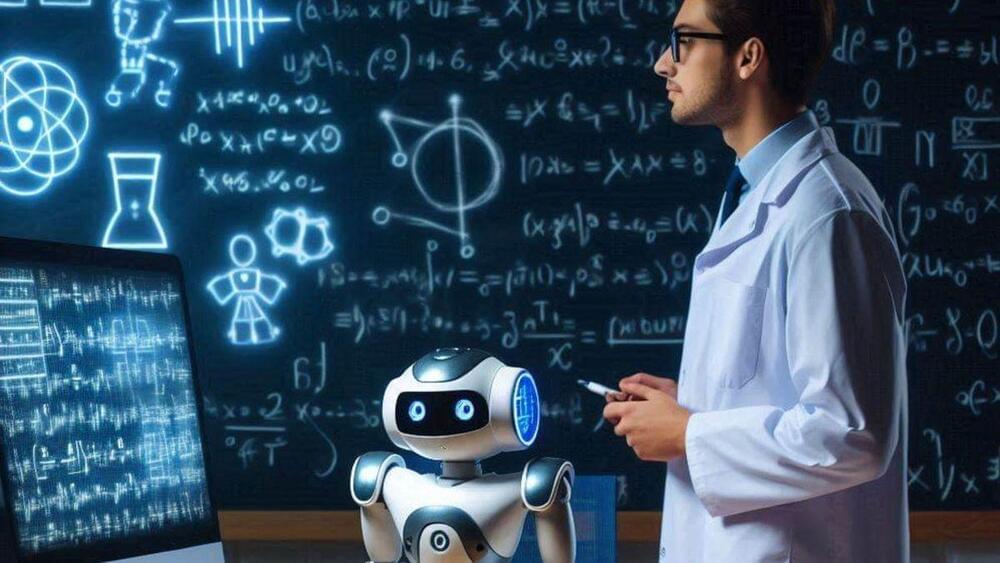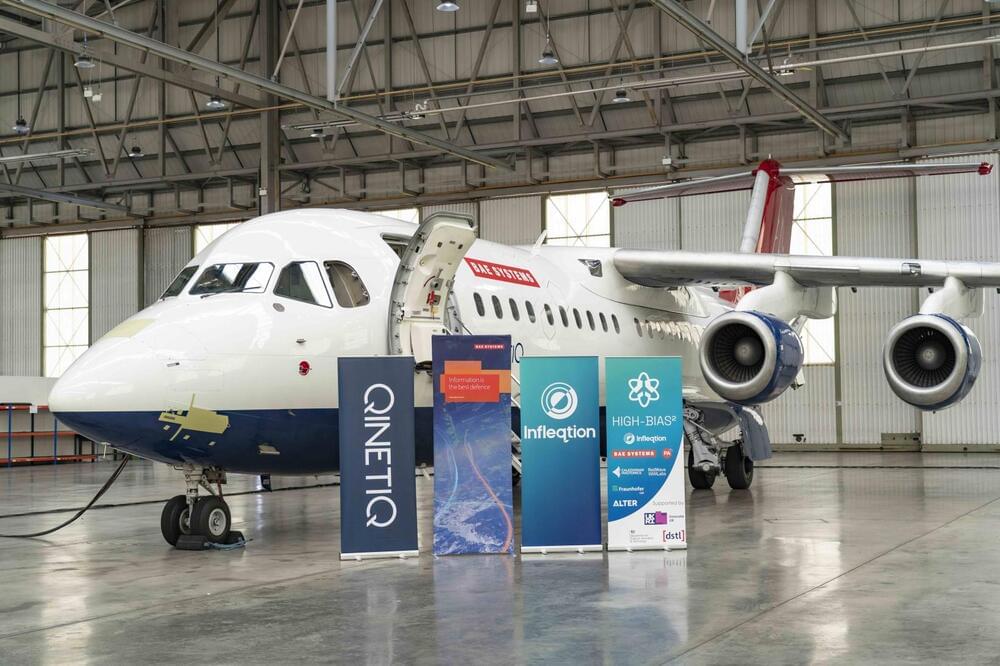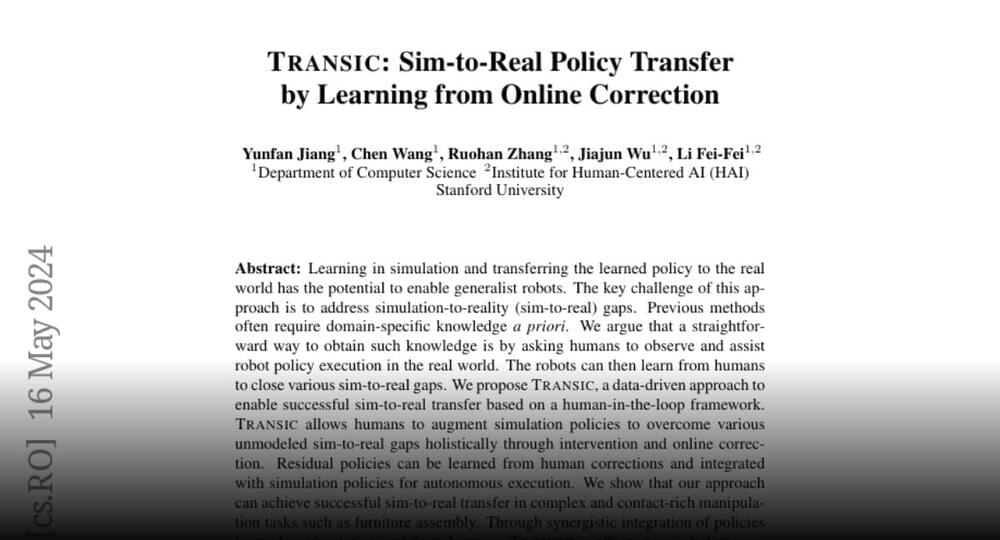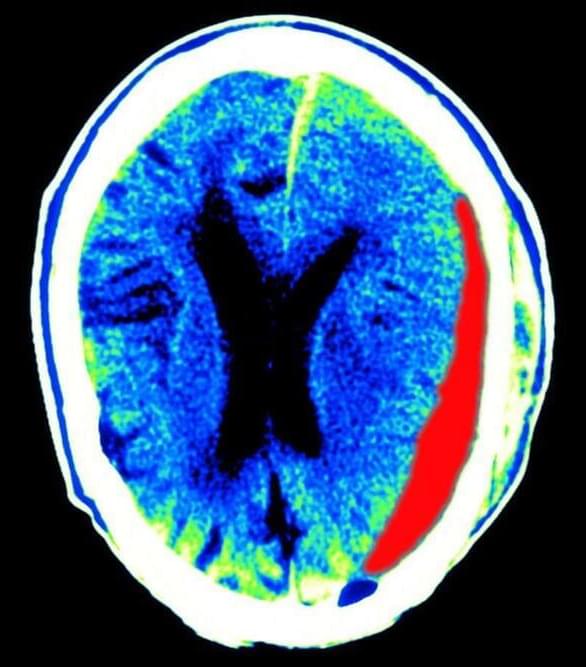Overturned that picture entirely. The Universe, on the largest of cosmic scales, wasn’t static and unchanging at all, but rather was dynamically expanding.
If that’s true, and the Universe is expanding, then what else is expanding along with it? Is our galaxy expanding? What about the Solar System, planet Earth, or even the atoms in our own body? That’s the topic of this week’s inquiry courtesy of Jim Robison, who asks:
“We are part of the expanding universe. Does that mean we are expanding with it? Is the distance between the Earth and the Sun expanding, or between San Francisco and New York? Is the distance between the atoms in my body expanding? Is that why I need a larger belt?”


